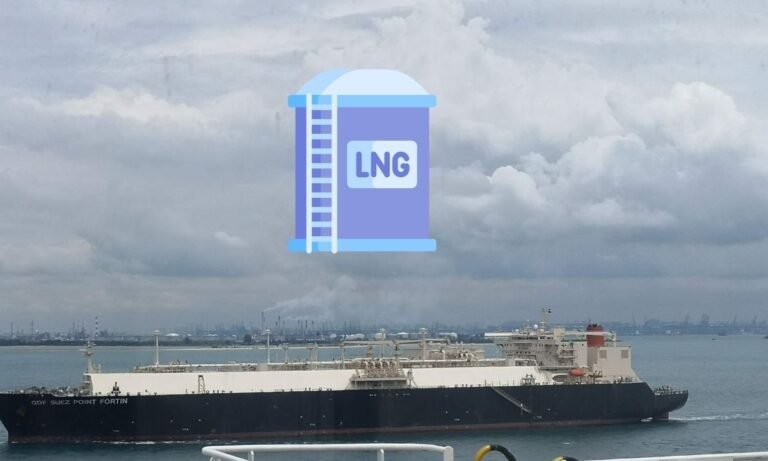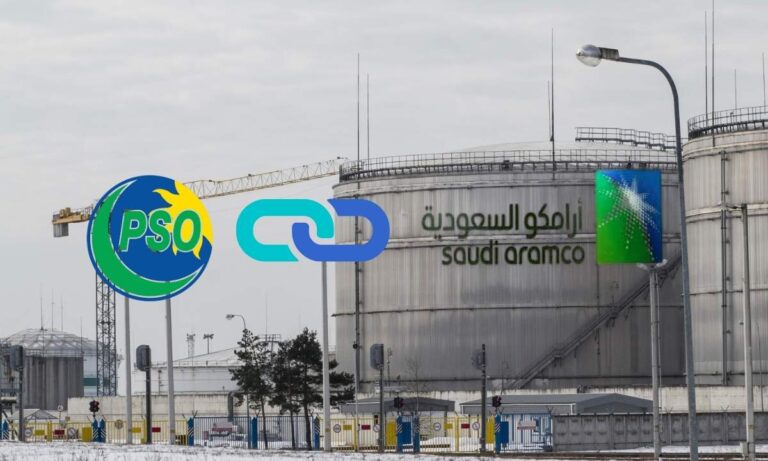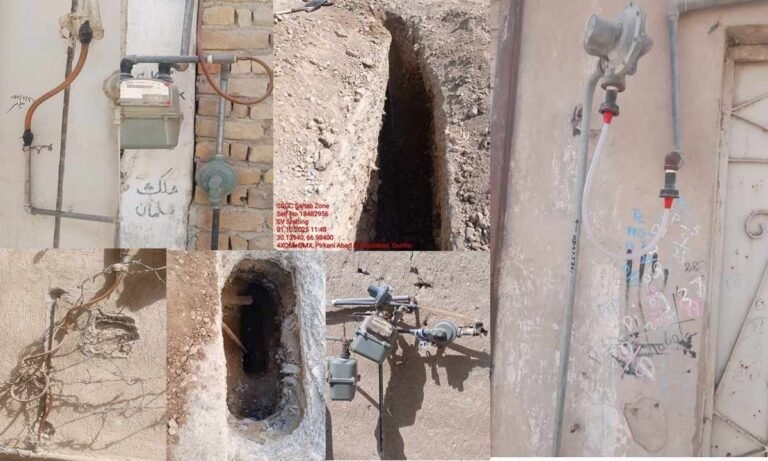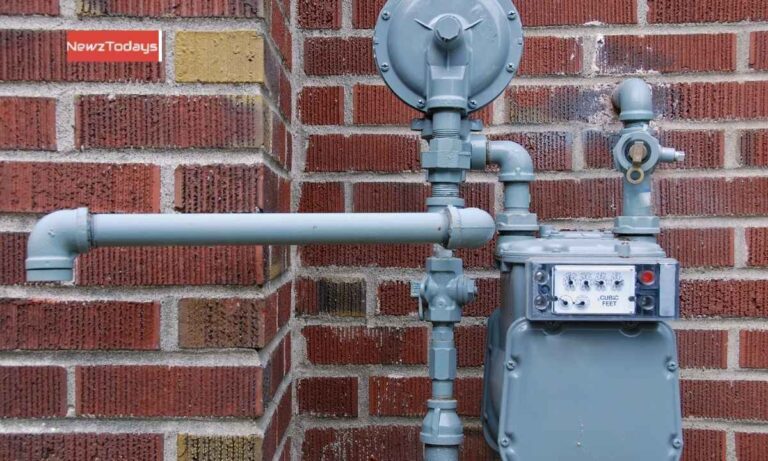KE’s Generation Cost Lower than National Pool: Alvi
K-Electric Chief Executive Officer Moonis Alvi has clarified that recent comparisons between K-Electric’s power tariffs and the national grid overlook key structural differences, emphasizing that when assessed on a like-for-like basis, KE’s generation cost is lower than that of the national pool.
Read More: KE profit outlook weakens after MYT revision: Topline
Speaking at a webinar organized by the Policy Research Institute of Market Economy (PRIME) on “Karachi’s Energy Security: Challenges & Opportunities,” Alvi said the perception that K-Electric is more expensive than the national grid is inaccurate. “If you exclude nuclear and hydel sources — which are not available to private entities — and ensure our required supply of natural gas, K-Electric’s generation cost is at least Rs 4 per unit cheaper than the national pool,” he stated.
Alvi explained that KE’s operational efficiency has improved significantly since privatization, with aggregate technical and commercial losses falling from around 45 percent to below 20 percent. “We continue to invest in cleaner, more efficient generation, transmission, and distribution infrastructure,” he added.
However, other speakers at the webinar including Shabbar Zaidi, Haroon Shamsi, Zeeshan Ali, and Rehan Javed expressed concern that NEPRA’s revised determination for K-Electric could have far-reaching financial and industrial consequences.
Former FBR Chairman Shabbar Zaidi termed the revised tariff “financially unviable,” warning that KE’s current profit could turn into a loss within two years if the decision is not reviewed. “If the only privatized power distributor in Pakistan becomes financially unsustainable, it will set back the government’s privatization agenda for decades,” he cautioned.
Karachi’s Industrialist Haroon Shamsi said the revision has created uncertainty for Karachi’s industries, many of which depend on affordable and stable power. “Pakistan’s energy costs are already higher than regional competitors,” he noted. “This decision will make it harder for SMEs to survive. Larger companies may generate their own power, but smaller industries will have no choice.” He also questioned why Karachi consumers continue to pay the PHL surcharge linked to national grid inefficiencies, despite KE not being part of the circular debt.
Zeeshan Ali, representing the FPCCI’s Advisory Committee on Energy, warned that KE’s investment plans for grid modernization could be delayed due to the tariff cut. “If KE’s liquidity is squeezed, upgrades to aging infrastructure and quality improvements will suffer,” he said. “That affects not just industries, but everyday consumers.”
Alvi, however, maintained a constructive tone throughout the discussion. He reiterated that KE’s cost competitiveness depends on access to consistent fuel supply. “Provide us the [natural] gas we’re allocated, and we can demonstrate efficiency and affordability,” he said.
He also said the company remains committed to serving Karachi despite financial pressures. “KE powers more than 50,000 industries as well as essential services such as hospitals, military installations, and water pumping stations. We take this responsibility seriously,” he said.
Moderator Ali Ehsan, Chief Development Officer at PRIME, summarized the discussion by highlighting the broader implications for policy and investor confidence. “Karachi is Pakistan’s economic engine. Any disruption in its power ecosystem has ripple effects across the country,” he said. “This decision not only raises financial questions but also challenges the consistency of regulatory frameworks.”






